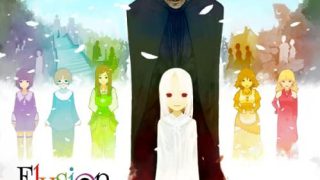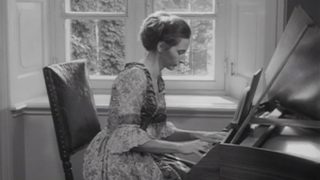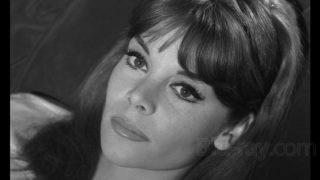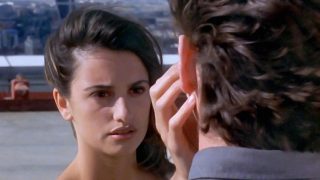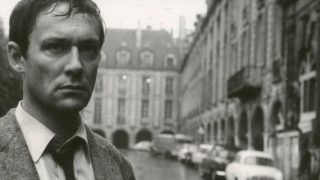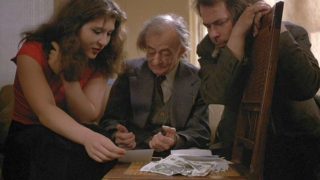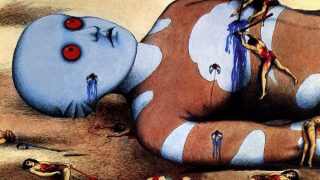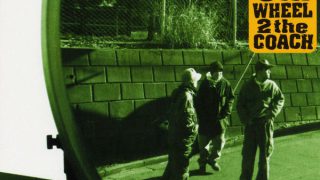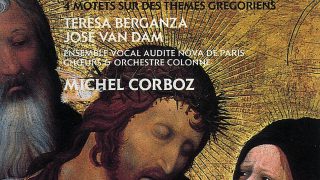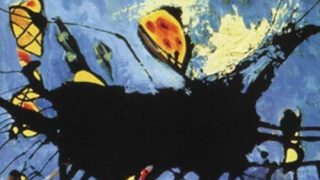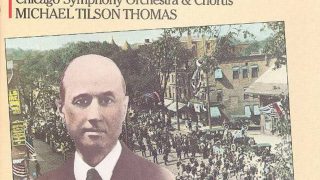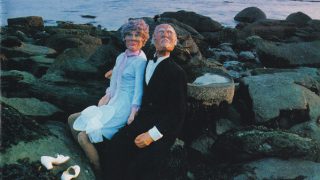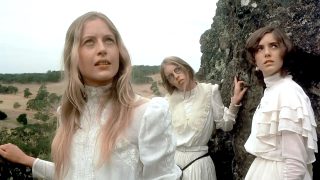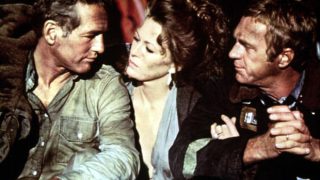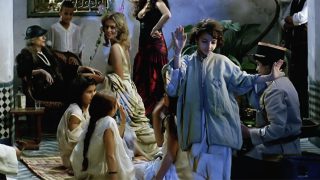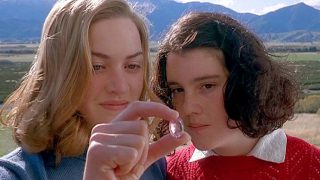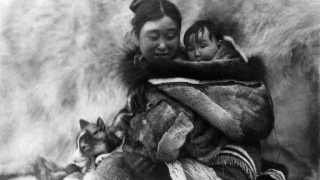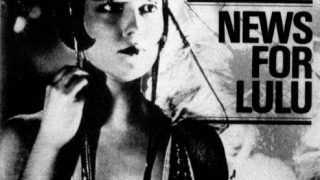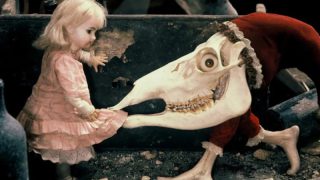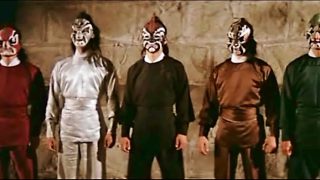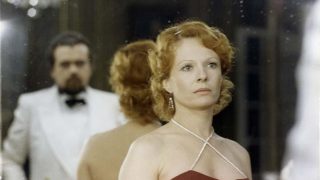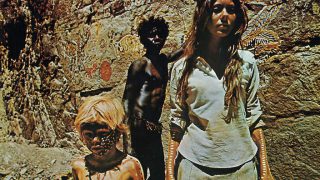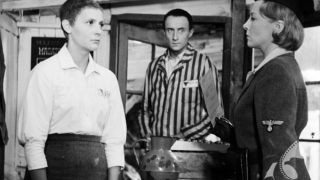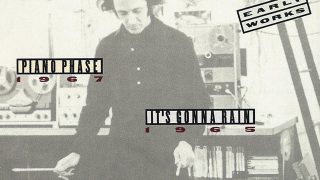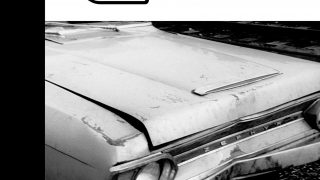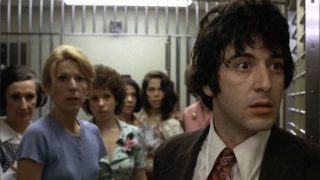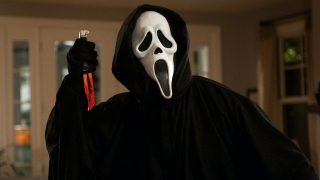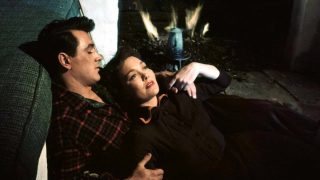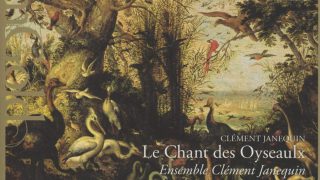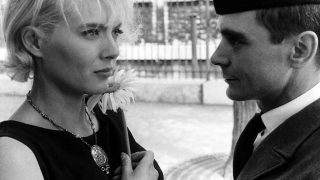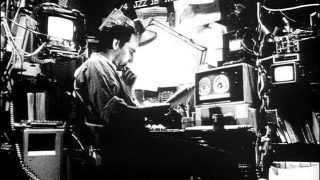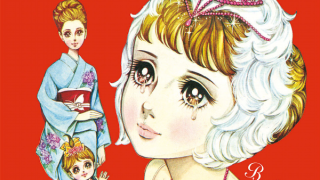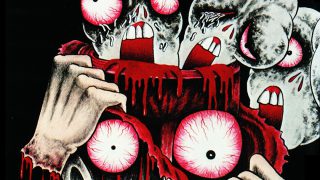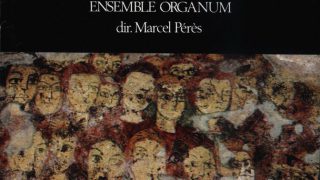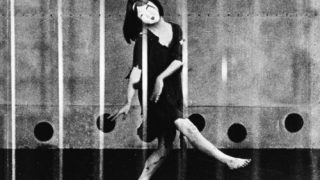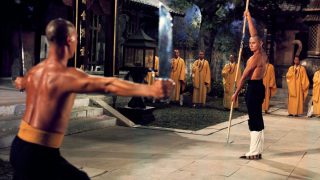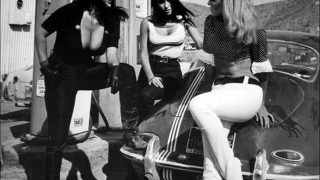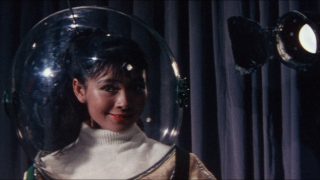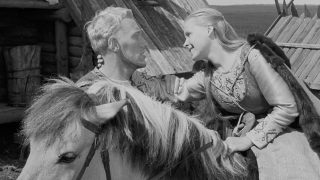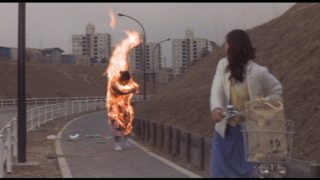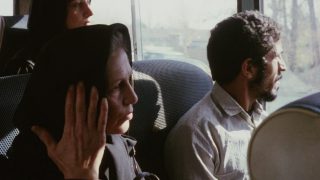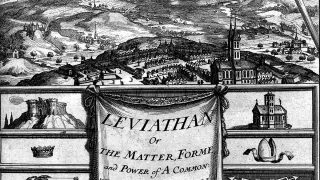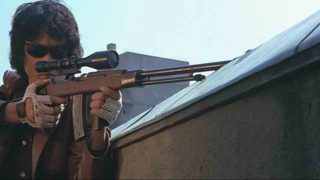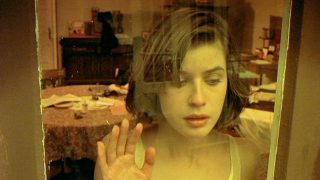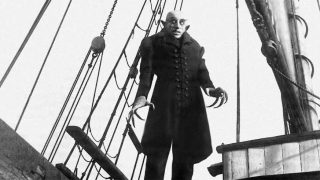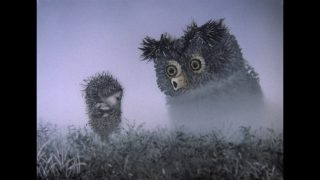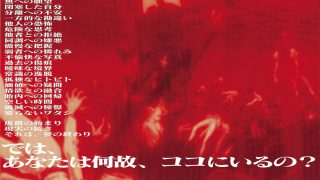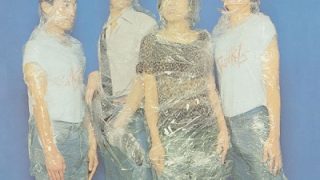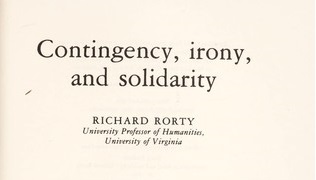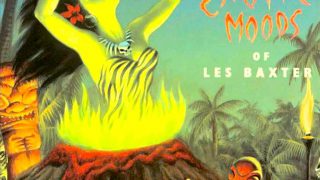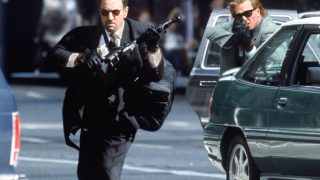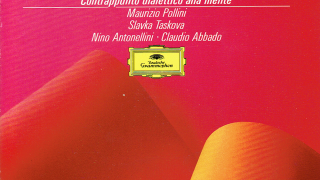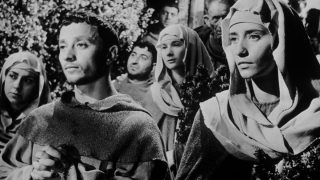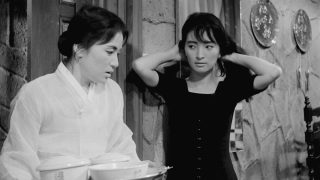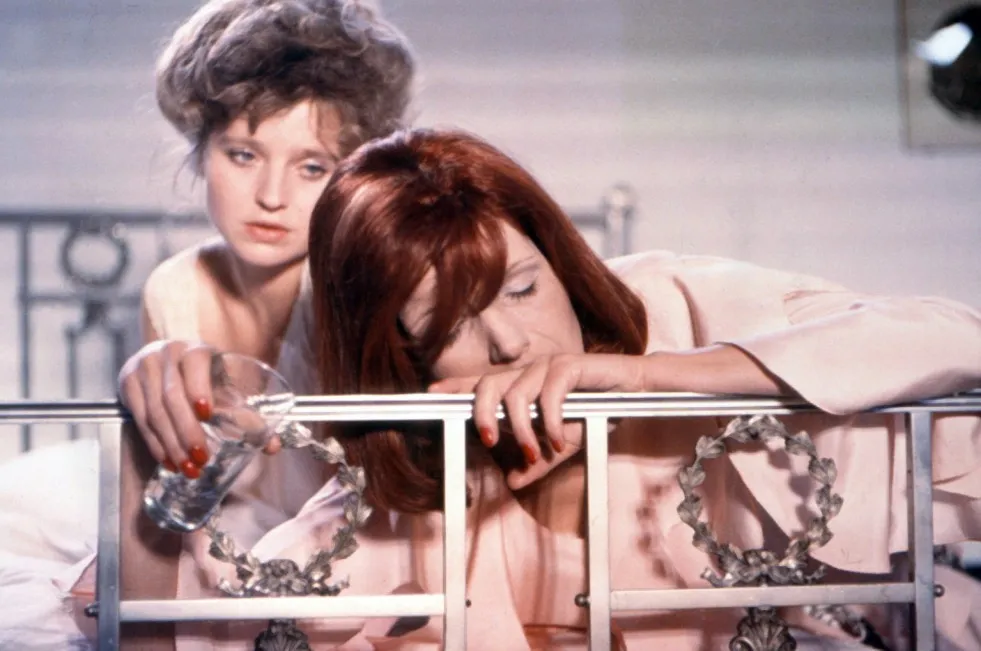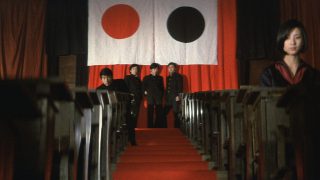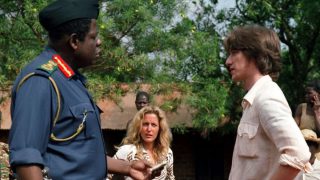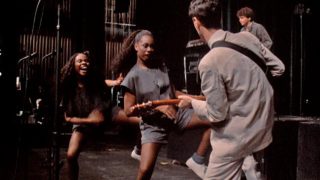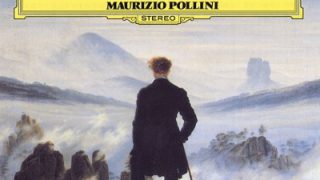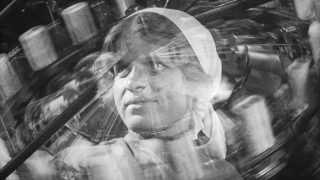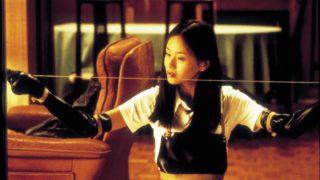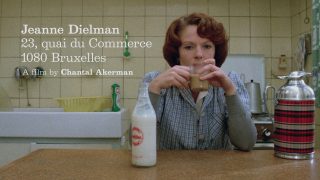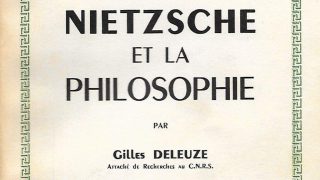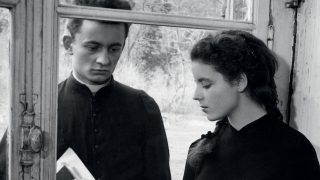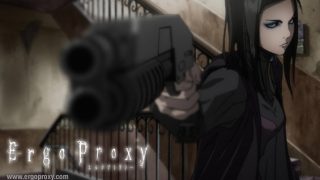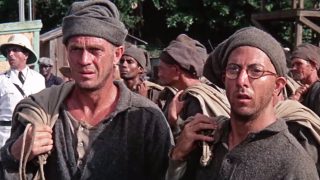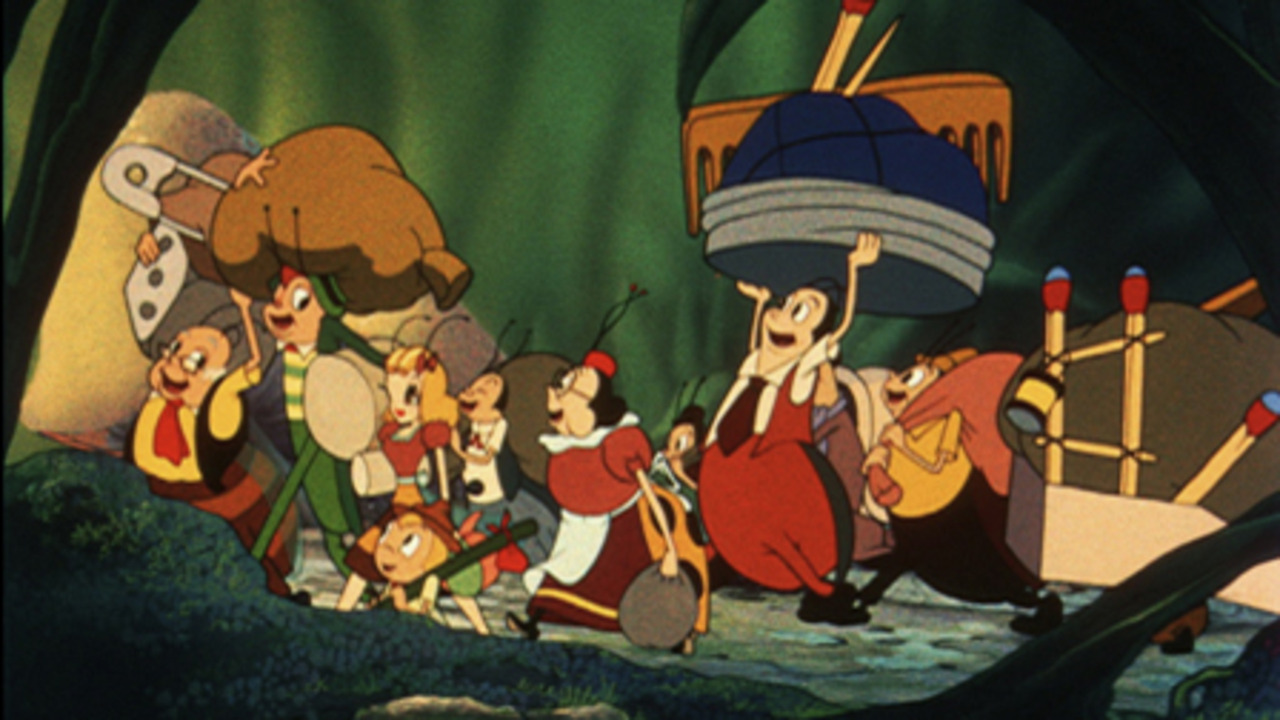Overview
“Mr. Bug Goes to Town” is a 1941 American animated feature film produced by Fleischer Studios, who are known for their animated films such as “Betty Boop” (1932–1939), “Popeye” series (1933–1942), and “Superman” (1941–1942).
Set in Manhattan, New York City, it depicts the adventure story of Hoppity the Grasshopper and his insect friends, who look for safe housing, as a musical comedy.
It was produced by Max Fleischer and directed by Dave Fleischer. Distributed by Paramount Pictures. Technicolor. 78 minutes.
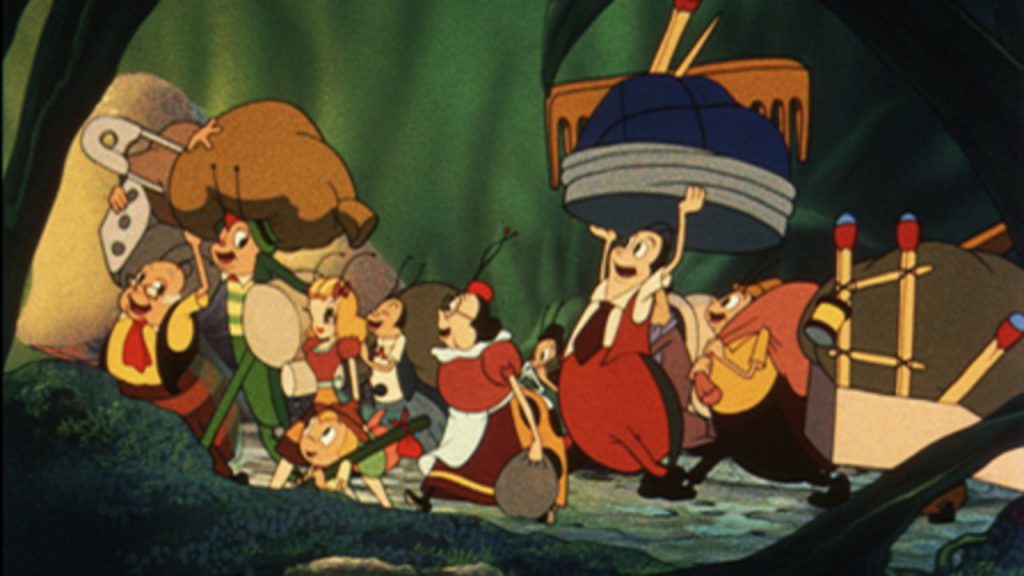
Plot Outline
After his journey, Hoppity the grasshopper returns to the “Lowlands”, a grassy area just outside the garden of a bungalow, where songwriter Dick Dickens and his wife Mary live. Hoppity meets again his lover Honey the honeybee, a daughter of Mr. Bumble, who runs his Honey Shop.
Hoppity finds that their lives in the Lowlands are threatened by humans because passersby start going through there as a shortcut after the fence broke down.
Hoppity tries to find a place where they can live with security, but C. Bagley Beetle, who has a plot to marry Honey, thwarts Hoppity’s plans by using his henchmen (hench-bugs), Swat the fly and Smack the mosquito.
Commentary
The film was originally planned as a film adaptation of the essay “The Life of the Bee” (1901) by Maurice Maeterlinck, but it was produced as an original story set in the present day because they couldn’t acquire the movie rights.
The title of the film is a parody of the title of the film “Mr. Deeds Goes to Town” (1936) directed by Frank Capra.
The opening of the film uses Fleischer’s own technique called the “set-back camera process” or “stereoptical process” (a photographing technique to generate a sense of depth and parallax effect by filming the cel art with an enormous, revolving, circular miniature set as the background).
In the film, the story is told from the perspective of anthropomorphized insect characters. Though the human characters are drawn realistically by rotoscoping, the human world is only one part of the environment surrounding insects, and the faces of the humans are never shown on the screen.
“Mr. Bug Goes to Town” is an unfortunately overlooked masterpiece. Compared with Fleischer’s other works, it had been unreasonably underestimated in the U.S.
It was the second feature film by the Fleischer Studios, following “Gulliver’s Travels” (1939), which was a commercial success at the box office. However, Japan attacked Pearl Harbor just two days after the film was previewed on December 5, 1941, and the Pacific War began.
Paramount released the film in California and New York in February 1942. In the UK, it was released in January 1942 under the title of “Hoppity Goes to Town”. Paramount re-released the film as “Hoppity Goes to Town” in 1946 after the end of World War II. The film ended as a box-office failure, and it became the last feature film by the Fleischer Studios.
American animated feature films of the early period from the late 1930s to the 1940s, such as “Snow White and the Seven Dwarfs” (1937) by Walt Disney Productions, are still astonishing for its high quality and perfection. This film is also extremely high in animation quality. The complicated crowd scenes, in which a large number of characters flop around, are especially overwhelming.
The high point of the film is the last scene in which insects climb a skyscraper under construction, aiming for the top.
The film was officially released as “Hoppity Goes to Town” by Republic Pictures on VHS and LaserDisc in 1989.
In 2008, Legend Films released the film on DVD under the title of “Bugville”.
In Japan, the film was first released in theaters in 1951 after World War II.
In Japan, the film has been acclaimed by Hayao Miyazaki, who is known as a devotee of Fleischer’s works, and other animation creators.
In Japan, the film was distributed by Ghibli Museum, Mitaka and re-released in theaters in 2009, and released on DVD by Walt Disney Japan in 2010.
In 2012, the Turner Classic Movies (TCM) aired the version based on the original 35mm print owned by the Museum of Modern Art Department of Film for the first time on television.
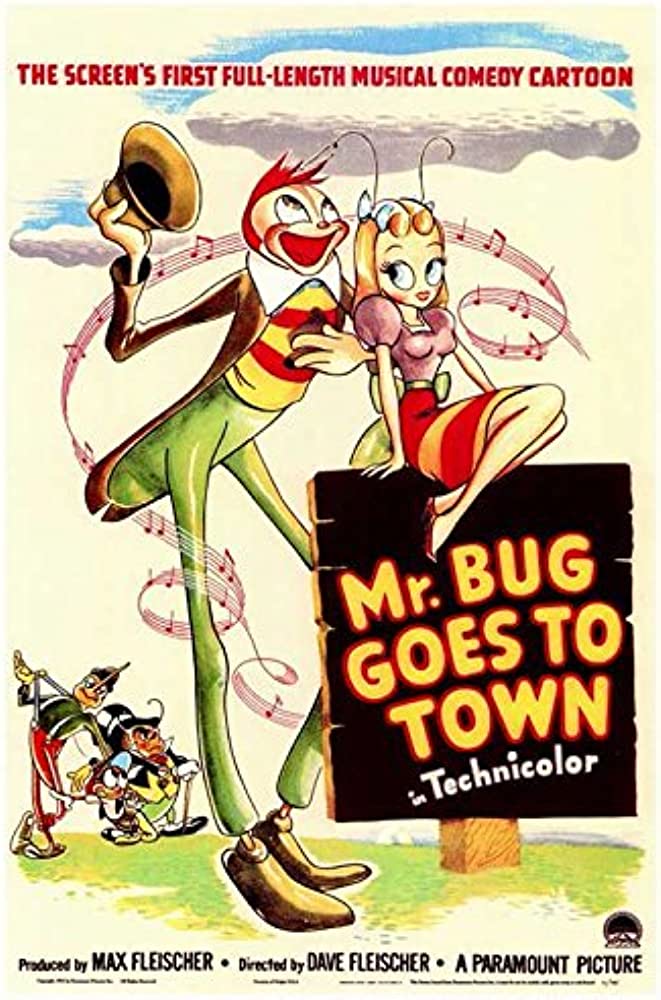
- Cross-Search for “Mr. Bug Goes to Town” on JustWatch
- Search for “Mr. Bug Goes to Town” on Amazon.com
Plot (Spoiler Alert)
After his journey, Hoppity the grasshopper returns to the “Lowlands”, a grassy area just outside the garden of a bungalow, where songwriter Dick Dickens and his wife Mary live. Hoppity meets again his lover Honey the honeybee, a daughter of Mr. Bumble, who runs his Honey Shop.
After the fence of the Lowlands broke down, passersby have started going through there as a shortcut, and their lives in the Lowlands are threatened by humans.
A human throws a flaming match in the Lowlands. The flame jumps to Mrs. Ladybug’s house, and she loses her house in the fire.
C. Bagley Beetle lives in the heights (a fountain tower in the garden) where no human ever intrudes. He has wanted to marry Honey. He tries to use the trouble in the Lowlands as an opportunity to marry her.
He makes his henchmen (hench-bugs), Swat the fly and Smack the mosquito, monitor what goes on in the Lowlands.
Beetle asks Bumble to reconsider his offer of marriage to Honey. He tells Bumble that they will all three be able to live safely in the heights if he marries her. Bumble declines Beetle’s offer, implying that his daughter has someone else in mind.
Beetle tries to burn Bumble’s Honey Shop by rolling a cigarette butt, but fails.
That night, Hoppity enjoys his time with Honey in a nightclub, watching the show and dancing.
The Lowlanders decide to move to somewhere safe.
Hoppity goes in search of their new residence with Bumble. They discover that the garden of the Dickens house is beautiful and habitable.
That night, the Lowlanders move to the garden, carrying their household goods.
The next morning, a sprinkler floods the garden with water, and insects are washed away by the flood. They return to the Lowlands.
The Lowlanders think that Hoppity made them have a bad time, and they give Hoppity the cold shoulder.
Hoppity feels depressed. He comes to the garden of the Dickens house. In the house, Dickens sings his own song named “We’re the Couple in the Castle”, playing the piano.
Dickens is a struggling songwriter. The Dickenses face the possibility of foreclosure on their home.
Hoppity hears Dickens says that they will be able to fix up the broken fence of the lower garden if the music publishers buy his song and send a check to them before their house is foreclosed.
Hoppity tells the Lowlanders the news that the fence will be repaired.
A mailman delivers the letter with a check from the publishers to the Dickens house. Beetle makes Swat and Smack steal the letter and hide it in a crack in a wall.
The Lowlanders call Hoppity a liar because the fence is never repaired.
The Dickens house is foreclosed, and a notice is put up, reading “modern skyscraper to be erected on this property”.
Beetle tells the Lowlanders that he will give them his property on the condition that Honey marry him, knowing that a skyscraper will be built on their residence, destroying not only the Lowlands but also his own property.
Hoppity discovers Beetle’s plot, but Beetle seals Hoppity inside the envelope with the Dickenses’ check.
Honey is forced to marry Beetle for the Lowlanders.
The construction of the skyscraper begins while the wedding of Beetle and Honey is held. The residence of the insects is destroyed, and they run about trying to escape on the building site.
Hoppity escapes from the envelope, and he rescues Honey from Beetle and his henchmen (hench-bugs).
Dickens and Mary come to the building site. Hoppity hears they say that they could build a cottage with a garden on the roof of the building if they got the check.
Hoppity tries to deliver the letter with the check to the Dickenses, but they walk away. A mailman picks up the letter.
Hoppity leads the Lowlanders to the top of the skyscraper under construction, believing that the Dickenses will build a garden on the roof.
The check for five thousand dollars is delivered to the Dickenses living in a new house. The song written by Dickens is recorded and becomes a massive hit.
On the roof of the building, Hoppity and the Lowlanders discover a penthouse with a beautiful garden built by the Dickenses.
A boy bug Ambrose says, “Look at all the human ones down there. They look just like a lot of little bugs”, looking down from the top of the building.

